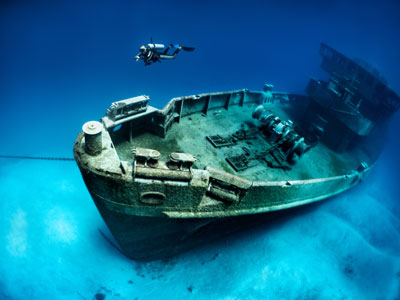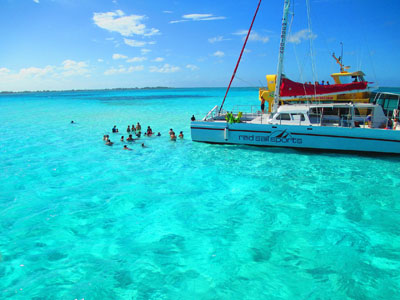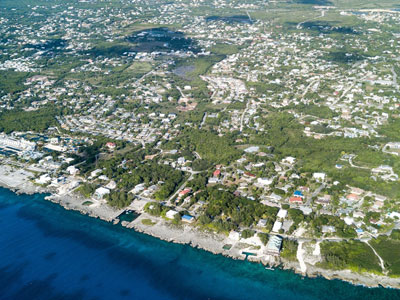Whether you are aware of it or not, there are caves in the sister island of Cayman Brac.
These caves are interesting for many reasons – one of these being that plundering pirates seeking to stash away their ill-gotten booty may at one time have used them. Today, though, these caves have caught the attention of scientists studying the impact of climate change and mankind’s effect on the evolution of species. Recently an intrepid team of scientists from the University of Manchester and the College of Charleston in South Carolina have published an article describing their findings after their work in these Cayman Brac cave systems.
One of the main things that caught the researcher’s attention was the stellar condition of the fossil record is in these Cayman Brac caves.Despite the fact that tropical environments are usually hard on fossils, the teams reported that the caves in the Brac produced extremely high quality specimens. They also reported that the caves gave a very good picture of what life was like before humans (swashbuckling pirates perhaps?) entered the picture and what things were like afterwards.
The researchers & scientists’ work on Cayman Brac included testing a technique used to determine if a bone specimen is suitable for carbon dating. Carbon dating is a method of determining the precise age of biological artifacts based on the deterioration of naturally occurring carbon. Carbon dating requires that there be some collagen in the specimen but oftentimes that collagen deteriorates. This will render an otherwise well-preserved specimen unsuitable for the carbon dating process. Tropical climates, such as those here in the Cayman Islands, often aversely affectbiological remains and this is due largely to the high humidity and extreme temperatures often found in this region. Since the carbon dating process is expensive, the researchers and scientists are keen to know whether an artifact from this region is suitable for the testing which will, in turn, be a cost saving exercise for them and others in the long run. The process the scientists on location in Cayman Brac used is called collagen fingerprinting and was developed to identify species of animals from tiny bone fragments. During collagen fingerprinting researchers extract a sample of collagen from a fossil and identify a unique fingerprint comprised of chemical markers in the chains of amino acids that exist in the collagen.Scientists, in the past, haveused this collagen fingerprinting methodology to identify a 3.5 million-year-old samplecoming from an extinct giant camel in the arctic.
While on location in Cayman Brac, the researchers found that this collagen fingerprinting technique was a successful way of deducing whether samples are suitable for the carbon dating process. The methodimplementedin the caves was tested on remains of a now-extinct large species of rodent called a hutia. The team reported that this research is chiefly about biodiversity variation through time and the effect that we humans have had on native animals and how fast extinction occurs after we arrive on the scene.
It seems that Cayman Brac and her caves, once a great would-be spot to hide pirate bounty, is now yielding a different form of treasure in the form of scientific research and discovery.







